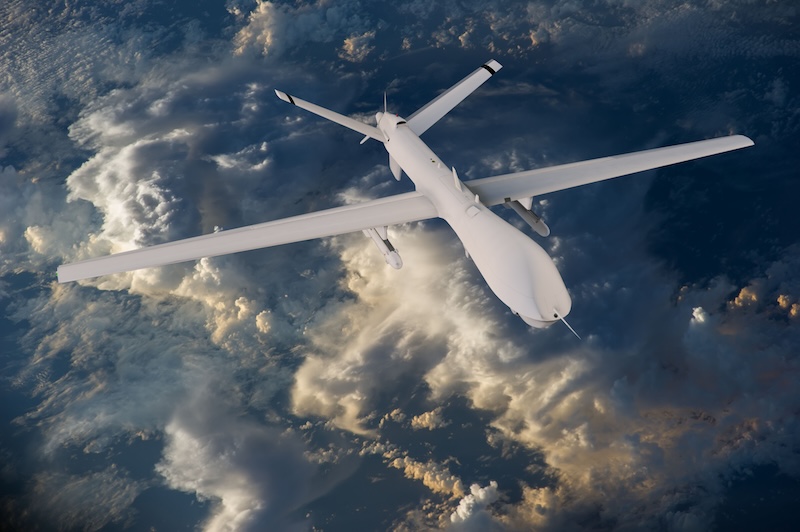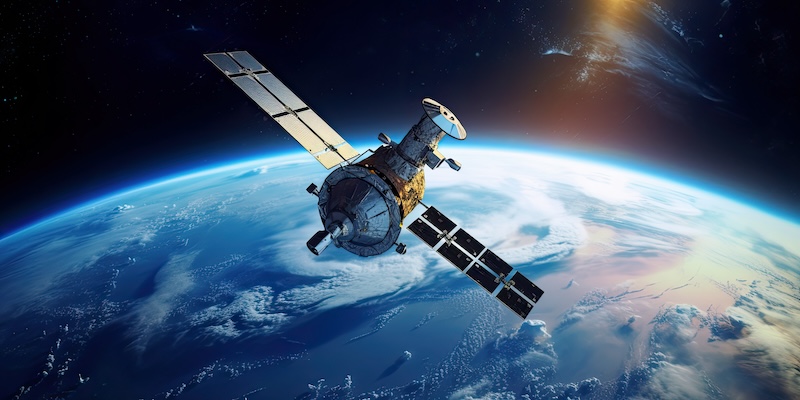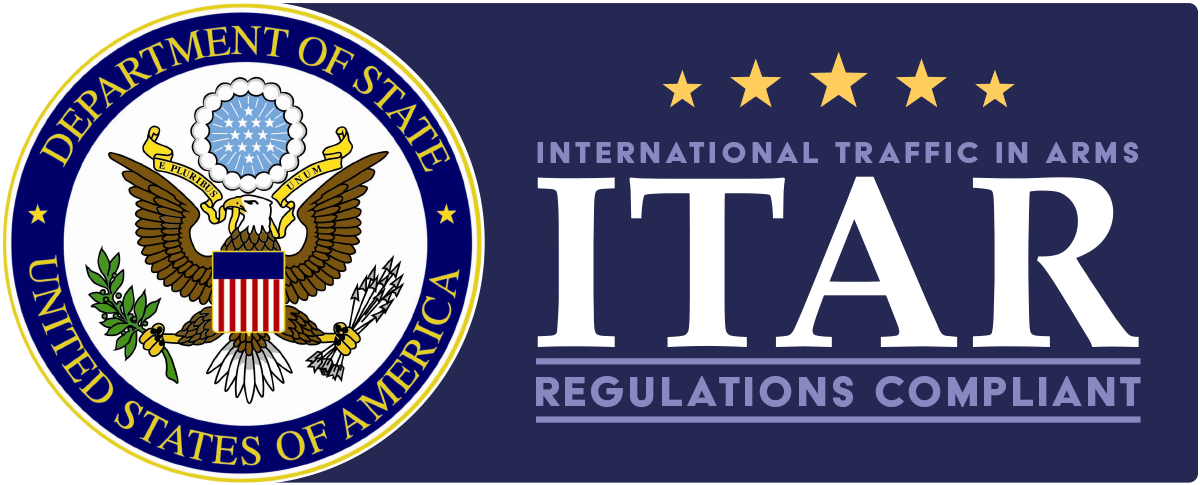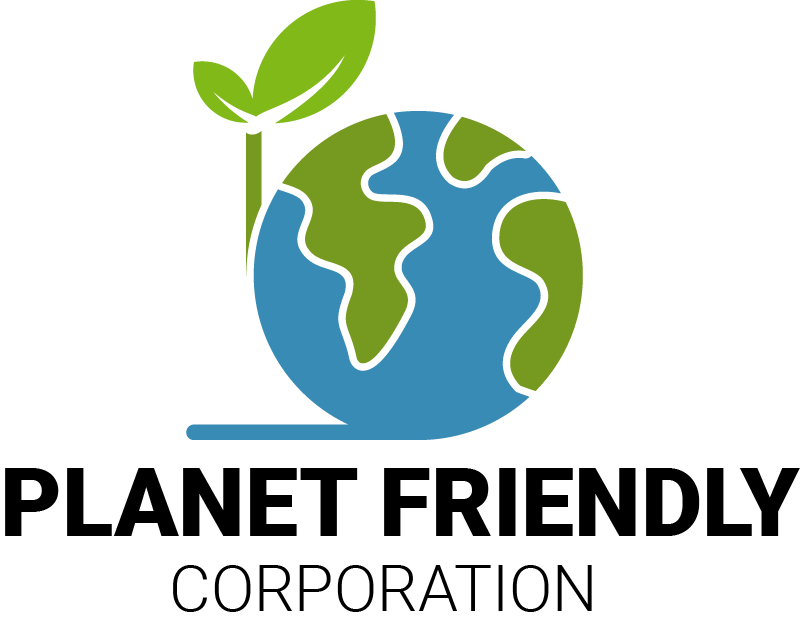Menu


MIL-A-8625 F
Anodic Coatings for Aluminum and Aluminum Alloys. This specification covers the requirements for six (6) types and two (2) classes of electrolytically formed anodic coatings on aluminum and aluminum alloys for non-architectural applications.
MIL-C-5541E
Chemical Conversion Coatings on Aluminum and Aluminum Alloys This specification covers the requirements for two (2) classes of chemical conversion coatings formed by the reaction of chemical conversion materials and the surfaces of aluminum and aluminum alloys.
MIL-DTL-5541
Aluminum Oxide Coatings, Lubricative, for Aluminum and Aluminum Alloys. This specification covers the requirements for and electrochemical process for building a Lubricative anodic coating on aluminum and aluminum alloys. The unsealed anodic coating is impregnated with PTFE of coated with a resin bonded material containing PTFE.
QQ-P-36c
Passivation Treatments for Corrosion-Resistant Steel This specification covers the different types of passivation treatments as well as recommendations, guidance and precautions for cleaning and descaling corrosion- resistant parts, components, equipment and systems.
MIL-DTL-81706
Chemical Conversion Coatings (CHEM FILM) on Aluminum and Aluminum Alloys This specification covers the requirements for two (2) classes of chemical conversion coatings formed by the reaction of chemical conversion materials and the surfaces of aluminum and aluminum alloys. Coatings can be both gold or clear with no performance difference.
All MIL-SPEC coatings meet and comply with all Defense Contractors, American Society of Testing and Materials (ASTM) and American Society of Mechanical Engineers (ASME) standards.


